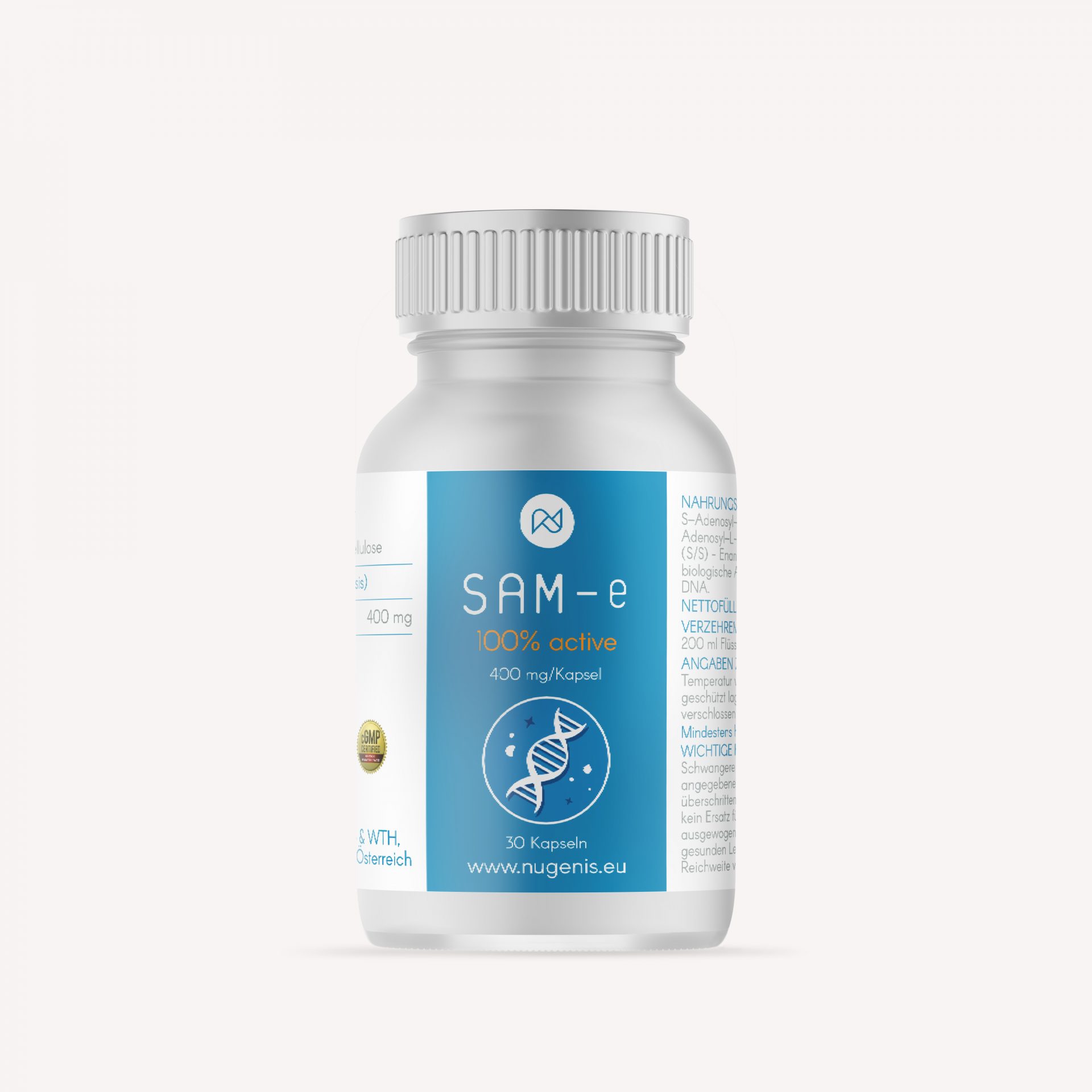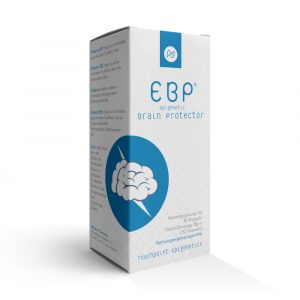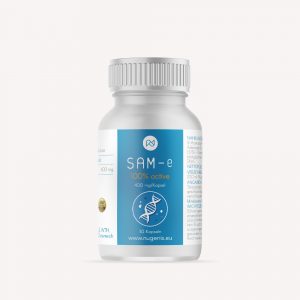
Epigenetics: The Language of Genes – How Life Rewrites DNA Without Changing the Code
Epigenetics: The Language of Genes
Guiding Question
If DNA is the alphabet, what grammar lets cells turn the same letters into different meanings—health or disease, repair or inflammation?
The Red Thread
Genes don’t act alone; context writes meaning.
Signals (food, light, stress, touch) are converted into metabolic currencies (SAM, acetyl-CoA, NAD⁺, α-KG) that pay the enzymes which write, erase, and read chromatin marks.
The result is a grammar of when, where, and how much genes speak—dynamic, reversible, and trainable.
Case Vignette — „Same Letters, Different Story“
Two sisters, Ava and Lila, carry the same high-risk allele for Type 2 diabetes.
Ava works nights, eats late, sleeps short. Her circadian genes (CLOCK/PER) drift, hepatic enhancers open at gluconeogenic loci, and promoter methylation at insulin-signaling genes wobbles. Fasting glucose creeps up.
Lila keeps daylight hours, trains most mornings, and eats fiber-rich meals. Exercise raises NAD⁺ and acetyl-CoA, sirtuins deacetylate stress loci, and butyrate from fiber inhibits HDACs in the gut–liver axis. Her glucose normalizes.
Same code, different grammar—different outcome.
The Parts of the Sentence
- Promoter (the capital letter): Where transcription starts; DNA methylation here often quiets a gene.
- Enhancers (adjectives/adverbs): Distant switches that boost expression in a cell-type–specific way.
- Insulators & TADs (paragraph breaks): 3D architecture that keeps messages from bleeding into one another.
- Histone marks (formatting):
- H3K27ac/H3K4me3 → open, active
H3K27me3/H3K9me3 → compact, repressed
Readers, writers, erasers (editors):
Writers: DNMTs, HATs, histone methyltransferases
Erasers: TETs, HDACs, demethylases
Readers: bromodomains, chromodomains, BET proteins
Non-coding RNAs (marginal notes): miRNAs fine-tune; lncRNAs scaffold chromatin complexes.
Enhancer Logic (How Cells Say „AND/OR/NOT“)
AND: Gene turns on only when two transcription factors (TFs) are present (e.g., immune TF + metabolic TF).
OR: Either TF can drive expression (redundant resilience).
NOT: A repressor TF or Polycomb mark blocks activation even if others are present.
This combinatorial logic explains why one nutrient or one stressor rarely tells the whole story.
From Signal to Sentence
Input: Meal timing, light, movement, toxin, touch, thought.
Hormone/nerve: Insulin, cortisol, catecholamines, oxytocin, vagal tone.
Metabolism shifts: SAM, acetyl-CoA, NAD⁺, α-KG change.
Chromatin editing: Writers/erasers modify DNA/histones; readers recruit the transcriptional machinery.
3D folding: Enhancers loop to promoters; polymerase is released from pause.
Output: A tailored gene program—repair or defense, growth or restraint.
Info-Box — Cheat Sheet of Marks
Open & active: H3K27ac, H3K4me3, low DNA methylation, accessible chromatin.
Poised: H3K4me1 at enhancers without H3K27ac (ready but not active).
Repressed: H3K27me3 (Polycomb), H3K9me3 (heterochromatin), promoter CpG methylation.
Info-Box — Timescales
Minutes–hours: Histone acetylation with feeding, learning, exercise.
Days–weeks: DNA methylation drifts at stress/metabolic genes with sleep, diet, therapy.
Months–years: Tissue identity programs, immune „training,“ and age clocks.
Info-Box — Quality of Ink
SAM low: Noisy methylation; identity drifts.
NAD⁺ low: Sirtuins sluggish; stress handling poor.
Oxidative/nitrosative stress: Base damage misguides DNMT/TET; danger programs stick.
ER stress: UPR shifts translation and miRNAs; chronic load imprints inflammation.
When Grammar Goes Wrong
Hypermethylated tumor suppressors: The sentence that should say „stop“ is erased.
Enhancer hijacking: Wrong enhancer loops to a growth gene—overexpression.
Boundary breaks (TADs): Paragraph walls fall; neighboring genes get misread.
Locked Polycomb states: Developmental „off“ marks persist where flexibility is needed.
Rewriting Tools You Already Own
Circadian hygiene: Bright morning light, dark evenings, consistent sleep keep chromatin rhythms synchronized.
Food as punctuation: Folate/B12/choline (methylation), polyphenols & sulforaphane (DNMT/HDAC modulation), fiber→butyrate (immune tolerance).
Movement: Raises acetyl-CoA & NAD⁺; opens mitochondrial and anti-inflammatory programs.
Social safety & touch: Oxytocin pathways stabilize stress-gene regulation.
Clean air & low toxins: Fewer long-lived „danger“ marks.
Recovery of the ER: Steady glucose, adequate protein, and real downtime.
Takeaways
DNA is what can be said; epigenetics is how and when it gets said.
Signals are translated into metabolic currencies that fund chromatin editing.
Enhancer logic, histone marks, DNA methylation, and 3D folding form the grammar of health.
Much of this grammar is reversible—with sleep, light, movement, nutrition, safety, and time.
Eduard Rappold
Note: This information is provided for educational purposes only and does not replace professional medical advice. Always consult qualified healthcare professionals for medical concerns.
Copyright © Eduard Rappold 2025
http://nugenis.eu/shop
NUGENIS specializes in epigenetically active nutritional supplements.


